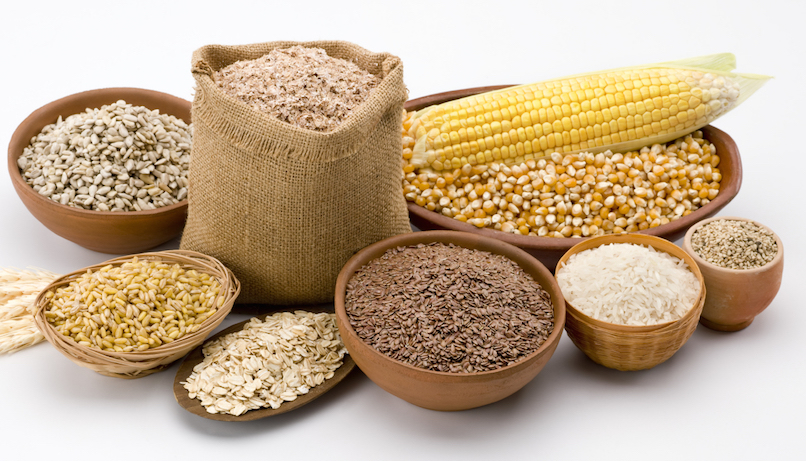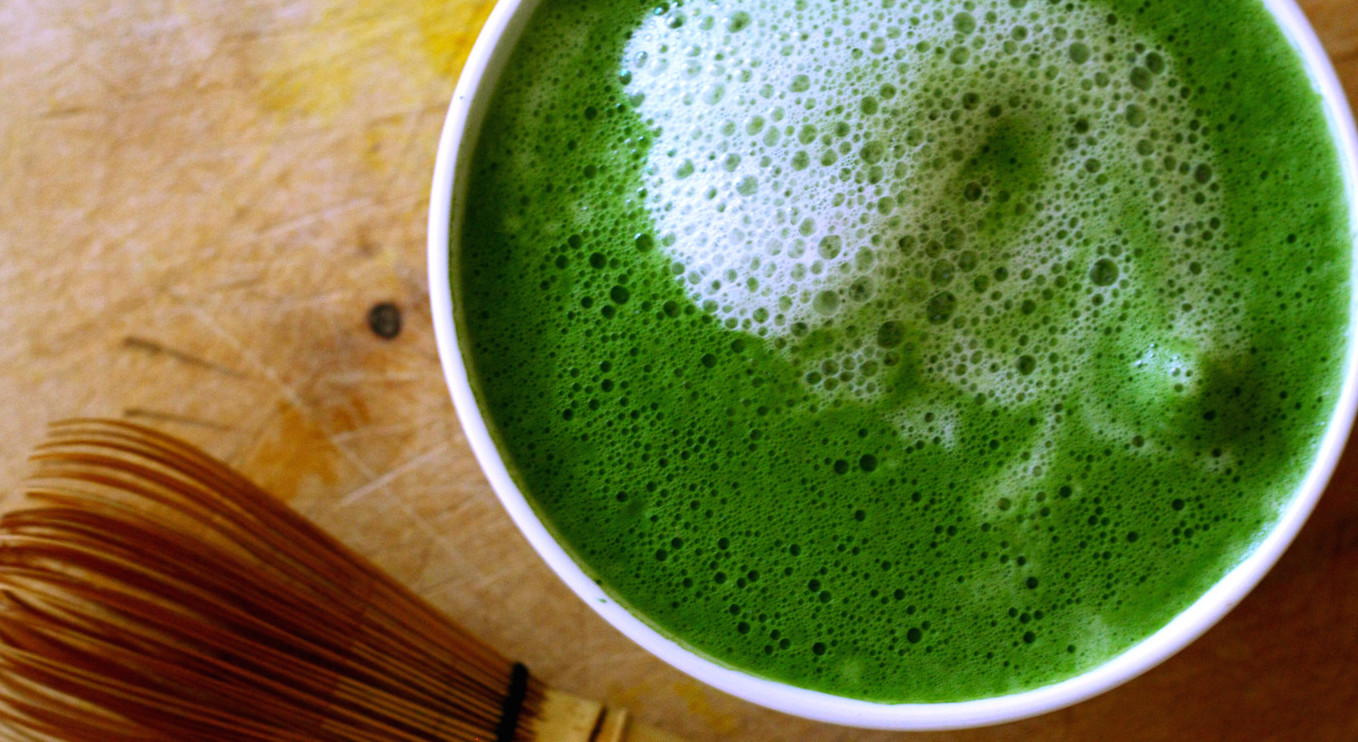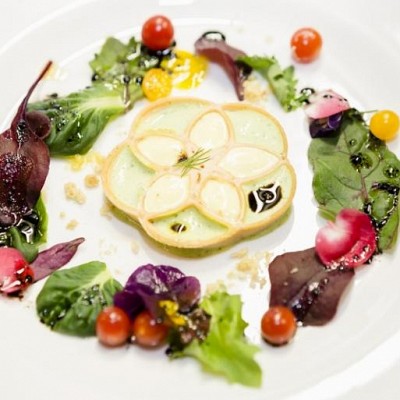Have you ever wondered how something like quinoa becomes a household staple when half of us can't even pronounce it?
Some new food trends seem to pop up out of nowhere and then get swept into American life like they've been with us for ages. So, how does a food trend happen, and what can we expect to see more of in restaurants and grocery store shelves in the coming year?
Kara Nielsen is culinary director at the brand development company Sterling-Rice Group (SRG). Nielsen, who has been been analyzing trends for more than 8 years, says trend-spotting in the food industry is a science that takes consumer data, demographic patterns and many other factors into account.
In order to come up with her company's forecast of 2015 food trends, "We took into consideration the consumer landscape, the food landscape, the market and channels for specific foods, and understanding where growth is going to come from," Neilsen explained to CBS News.
Neilsen's research gauges culinary shifts and captures the evolution of consumer behavior. She looks at societal forces shaping the course of our country, including aging baby boomers who are increasingly focused on their health; entrepreneurial millennials looking for opportunities to start new types of food businesses; as well as the growth of Asian and Latino communities with their own strong culinary traditions. Food trends are also influenced by core human values such as the desire for joy, adventure and community, she notes.
The goal of identifying food trends is to anticipate consumer needs in the future and help producers meet those demands.
According to Neilsen's research, some of the top food trends to look out for in 2015 include:
1. Coconut sugar
Neilsen says, "Sugar is evil right now. People in America are suffering from diabetes and other chronic health problems. Consequently there are groups of consumers looking for more natural sweeteners with a low glycemic index." Coconut sugar comes from the liquid sap of the blossom of the coconut palm, and it is collected and boiled until most of the water has evaporated, just like maple syrup.

The trend has been catching on with Paleo diet devotees. Coconut sugar can now be found in Target stores as one ingredient in Purely Elizabeth Ancient Grain Granola. But even though it's natural, don't go too crazy on the coconut sugar -- it may be lower on the glycemic index, but it still spikes blood sugar and should be used sparingly.
2. Matcha
Another emerging food trend, Matcha is an all-natural powerhouse beverage brought to us from Japan that meets popular demands for energy, vitality, and nutrition. Made from crushed green tea leaves, Matcha is packed with antioxidants, L-theanine, and beta carotenes. With less caffeine than green tea, Matcha provides a calmer, more even energy boost.

"We're seeing consumers seeking empowerment through health and finding ingredients with nutrients that meet their needs," says Neilsen.
3. Local grains
Local grain networks are what Nielsen calls "the next level of local." Products made from freshly milled, locally grown grains offer a wide variety of options and can also tap into America's growing gluten-free obsession. Community Grains, a California-based company at the forefront of this trend, works with mid-size, local farmers who promise full transparency in their growing and production methods. As this trend picks up steam, Neilsen believes people will turn to their beloved Vitamix, which offers a dry grains container, to begin milling their own grain at home.

A few more food trends Nielsen says to keep an eye on in the coming year: spicier and funkier authentic Asian cuisine, hop-free beer flavored with spices or herbal infusions, cannabis cuisine (in states where it's legal), and the growing popularity of "ugly" naturally misshapen fruits and vegetables.






































